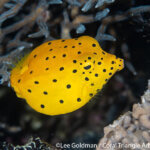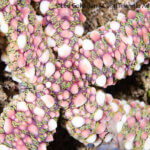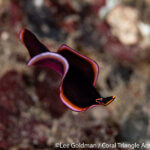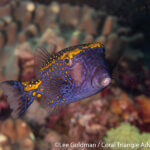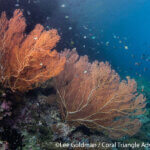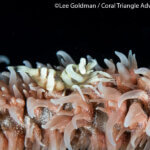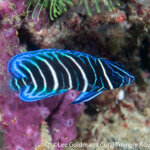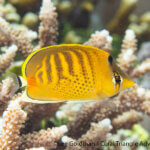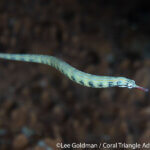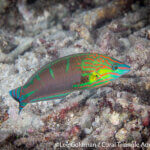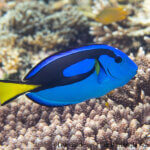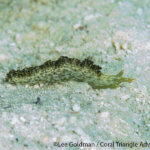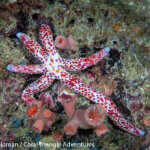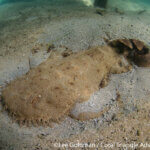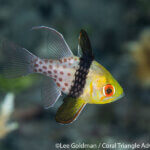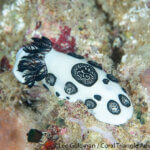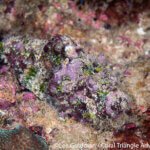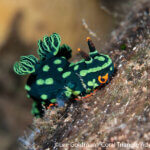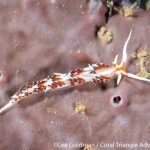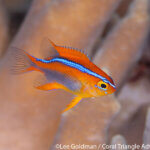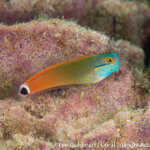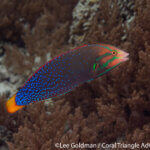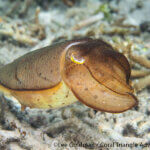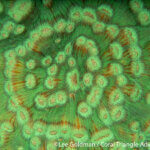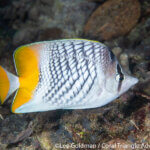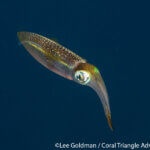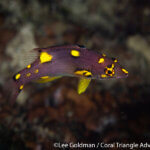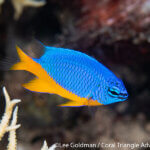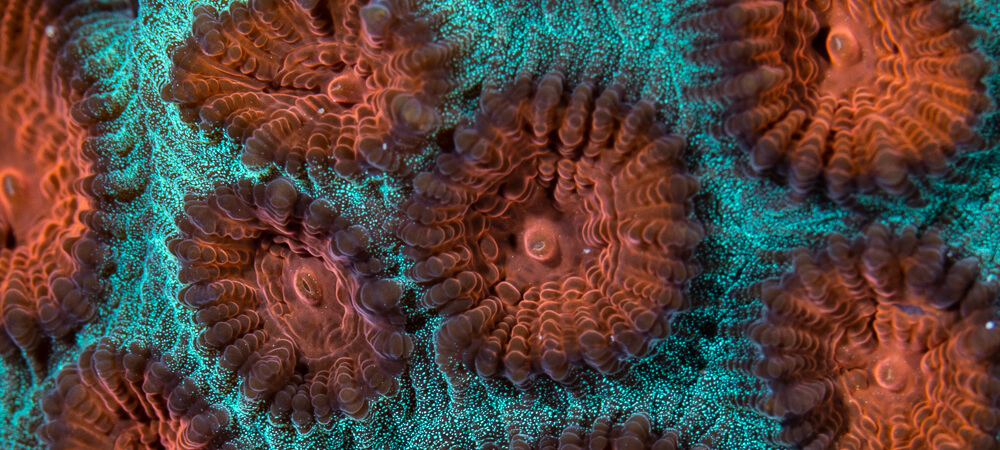
Raja Ampat trip report March 2023
Raja Ampat March 2023
Our recent trip marked my 15th year visiting Raja Ampat, and yes, Raja Ampat is still as good as it gets. We began in the Fam group, specifically the large island of Penemu where we had a variety of marine habitats to explore. We began with a snorkel on a protected, shallow reef where we had the chance to see a vibrant diversity of juvenile reef fish, as well as great looks at some rare Anacropora coral that is found only in shallow, very protected water. In the afternoon, we visited an exposed reef where schools of fusiliers and snappers seemed to dominate the water column and density of the numbers of damselfishes and anthias seemed to act like a skin that flowed over the underlying coral reef. Penemu is also known for a beautiful marine lake whose entrance seemed to attract many sea turtles (which caught all our attention of course) and the chance to step back on land for a stair-climb to an observation point giving unparalleled views of Dampier Strait, Waigeo, and all the nearby islands.
We continued our cruise northward, visiting the small island group of Wofoh, and then to the iconic archipelago of Wayag. The network of jungle-draped, limestone islands make for an intimate cruise through many channels, passes, and into quiet lagoons and bays for the chance to snorkel in the clear water around the island group.
Our next destination was to one of Coral Triangle Adventure’s most favorite places on the planet, Alyui Bay. This large bay contains a variety of unique shallow habitats that give snorkelers the chance to see huge diversity of nudibranchs (we notched over 20 different species of nudibranchs and sea slugs during our time there), colorful tunicates, sponges, and huge black coral trees growing along the wall. The area is also home to a pearl farm who are always generous with their docks, allowing us access to see the huge schools of scad and wonderful critters that reside in and around the manmade structures. One of the most famous in all of Raja Ampat is the Wobbegong shark, and not only did we see one, but it was also sitting quite comfortably in about three feet (one meter) of water seemingly undisturbed by our watchful eyes! The bay is also great for birding (parrots, cockatoos, Blythe’s hornbill, and a myriad of crazy bird calls), and for dinghy cruising into intimate bays, lagoons, and marine lakes.
Just north of Dampier Strait proper lies the island of Yangeffo (near the western most tip of Gam). The lush mangroves of Yangeffo provided shallow substrate for many types of filter feeding, encrusting invertebrates like coral, sponge, and tunicates, and the reef that fronts the mangroves is abundant with both coral and fish. This type of combination of mangrove and reef is yet another example of why Raja Ampat is so special and home to some of the most diverse marine life on the planet.
While the reefs and habitats of Alyui Bay and Yangeffo gave us the chance to colorful rare invertebrates and thousands of reef fish, it was time to visit the big fishes and seaward reefs of Dampier Strait! Our first stop, Manta Sandy! What snorkeling trip would be complete without seeing on of the largest denizens of the reef, manta rays! We had a fairly mellow current, but just enough to bring in three mantas, one jet black, and another a juvenile with a wingspan of no more than four feet (just over a meter). In the afternoon, we visited the island of Mansuar and drift snorkeled the fringing reef that faces into Dampier Strait. Some of the big fish we saw included bumphead parrotfish, an adult Napoleon wrasse, red snappers, emperors, and giant trevallys. In addition, we had pyramid butterflyfish and red-tooth triggerfish, both which are the singular example of planktivores amongst their related fishes in their respective families.
The next day continued as the previous, with the full day’s attention given to the seaward reefs of Dampier Strait. Near the jetty at Yambuba, schools of rabbitfishes, snappers, humpback unicornfish, and Vlaming’s unicronfish were constantly in our view as well as turtles and the occasional blacktip reef shark. The nearby reefs not only looked super healthy and diverse, but also contained many giant clams and the usual compliment of reef fishes that make the reefs their home.
But alas, our trip had to end, and for the last day, we visited the island of Frewin Banda. The steep drop-off and deeply cut overhang made for a mini ‘Alyui Bay’ where plenty of nudibranchs, sea fans, and even black coral could be found in very shallow water. The reef flats that extend from the island, according to the guests, were some of the most diverse and amazing reefs they have seen during the trip. I guess we ended on a good note :-).
Of course, we will visit Raja Ampat again. Our next trip is the ultra-cool itinerary that has us spend most of the time in Alyui Bay, and we will offer our ‘usual’ itinerary beginning in February 2024. Please check out the gallery below to see just a fraction of the marine life we saw on our trip.

